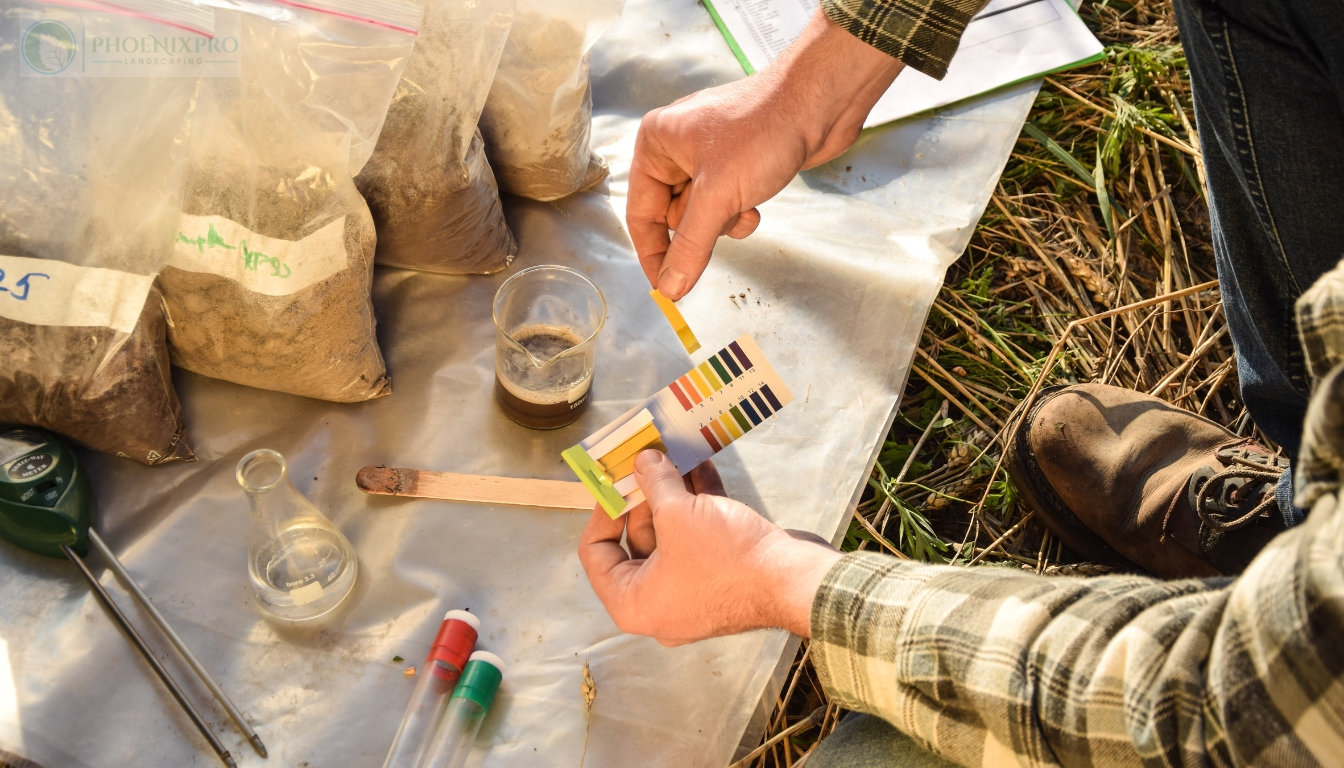Introduction
As the days grow shorter and the air turns crisp, many homeowners start to think about how to prepare their lawns for the impending winter. Fall is a crucial time for lawn care, as it sets the stage for healthy growth in the spring. With the right strategies, you can ensure that your grass survives the cold months and thrives when warmer weather returns. This article will explore effective strategies for fall lawn preparation, covering various aspects of garden maintenance, landscape design, and essential garden tips.
Effective Strategies for Fall Lawn Preparation
Preparing your lawn for fall isn't just a one-step process; it's an intricate dance involving several elements of lawn maintenance. From seeding to aeration and fertilization, each step plays a critical role in promoting a lush green lawn come springtime.
Understanding Your Lawn Type
What Type of Grass Do You Have?
Before diving into preparations, it's vital to identify what type of grass you have. Different grasses have varying needs:
- Cool-season grasses (like Kentucky bluegrass or fescue) thrive in northern climates and benefit from fall maintenance. Warm-season grasses (such as Bermuda or zoysia) are more suited for southern regions and require different care during fall.
By knowing your grass type, you can tailor your fall preparation strategy accordingly.
Fall Lawn Assessment: A Crucial Step
Why Conduct a Lawn Assessment?
Conducting a thorough assessment of your lawn will help you identify commercial landscaping services problem areas that may require extra attention. Look out for:
- Thin or bare patches Areas with excessive thatch Signs of pests or disease
By identifying these issues early on, you'll be better equipped to tackle them effectively.
Aeration: The Breath of Life for Your Lawn
What is Aeration?
Aeration involves perforating the soil with holes to allow air, water, and nutrients to penetrate deeper lawn mowing into the root zone.
Benefits of Aeration in Fall
- Improves Soil Compaction: Many lawns suffer from compacted soil that restricts root growth. Enhances Nutrient Absorption: More access means more nutrients.
It’s recommended to aerate your lawn during early fall when grass roots are still active but temperatures are cooler.
Overseeding: A Strategy for Thickening Your Lawn
Why Should You Overseed?
Overseeding involves spreading grass seed over existing turf without tearing up the sod. This strategy helps fill in bare spots and introduces new varieties that might be better suited to changing climate conditions.
Best Practices for Overseeding
Choose the Right Seed: Select seeds that match your existing grass type. Prepare Your Lawn: Mow low and rake up debris before seeding. Water Wisely: Keep the area moist but not soggy after overseeding.Fertilizing: Nourishing Your Lawn Before Winter
When Should You Fertilize?
The best time to fertilize your lawn is in late summer or early fall when it’s actively growing.
Types of Fertilizers
- Granular Fertilizers: Slow-release options are ideal as they nourish over several weeks. Liquid Fertilizers: Quick absorption but requires more frequent application.
Make sure you're using fertilizers that contain nitrogen, phosphorus, and potassium (N-P-K) ratios suited for your specific grass type.
Weed Control: Keeping Your Lawn Healthy
How Do Weeds Affect Your Lawn?
Weeds compete with grass for nutrients and sunlight, ultimately leading to a less healthy lawn.
Effective Weed Control Methods
Pre-emergent Herbicides: Apply them before weeds sprout in early fall. Hand Pulling: For minimal infestations, pulling weeds by hand can be effective.Proper Watering Techniques During Fall
How Much Water Does Your Lawn Need?
As temperatures drop, so does evaporation; however, it’s crucial not to let your lawn dry out completely.
- Water deeply but less frequently to encourage deep root growth. Aim for about 1 inch of water per week from rainfall or irrigation combined.
Mowing Height Adjustments: A Simple Yet Effective Strategy
What Should Be Your Mowing Height in Fall?
Lowering the mowing height slightly (to about 2 inches) can help prevent snow mold while allowing light penetration to lower blades.
Mulching Leaves: A Sustainable Solution
How Can Leaves Benefit Your Lawn?
Instead of raking leaves away from your yard entirely, consider mulching them with a mower:
- It returns valuable nutrients back into the soil. Helps improve moisture retention during dry spells.
FAQs About Fall Lawn Care
1. When is the best time to prepare my lawn for winter?
The optimal time is late summer through early fall before temperatures drop significantly.
2. How often should I aerate my lawn?

3. Can I overseed if my grass looks healthy?
Yes! Overseeding helps improve density and introduces hardier varieties into your existing turf.
4. Is it too late to fertilize my lawn if I missed early fall?
You can still apply fertilizer until mid-fall; just avoid doing so too close to winter's onset.
5. Should I water less as temperatures drop?
Not necessarily; keep watering until growth has completely slowed down but adjust based on environmental conditions.
6. What should I do if I discover pests in my lawn?
Identify the pest first; then apply appropriate insecticides or consider natural remedies like nematodes based on severity.
Conclusion
Preparing your lawn effectively during fall lays down a solid foundation for vibrant growth when spring arrives once more. By understanding various aspects such as aeration techniques, overseeding methods, proper fertilization schedules, and weed control strategies, you can maintain an enviable landscape design that enhances not only curb appeal but also overall property value. With these effective strategies for fall lawn preparation at hand, you're well-equipped to create an outdoor space that's both beautiful and resilient against winter's challenges! Embrace these tips now so you can sit back next spring and bask in the glory of your thriving green oasis!